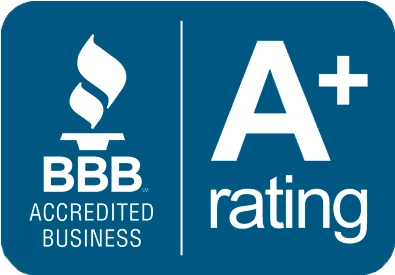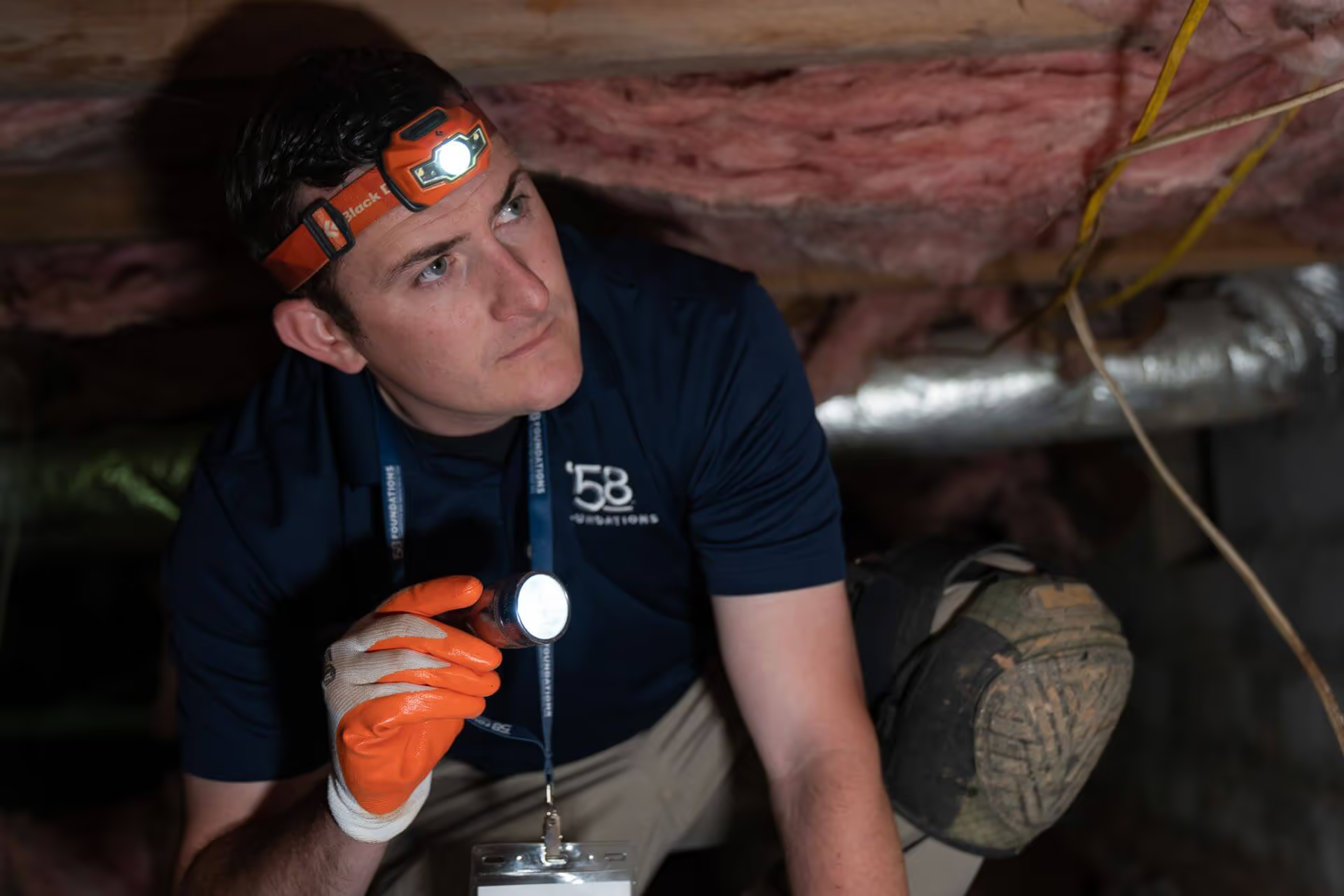Radon not only threatens people, but it can also affect pets. Since dogs and cats spend most of their time indoors, they’re particularly vulnerable to radon gas.






Radon gas enters the home from the soil and tends to accumulate in low-lying areas like basements and crawl spaces. Pets, especially dogs and cats, are particularly vulnerable because they spend more time indoors, rest closer to the ground, and often breathe faster than humans.
Smaller pets are at even greater risk. Their bodies are lower to the ground where radon concentrations are highest, and their lungs are smaller, meaning that each breath exposes a greater portion of lung tissue to radioactive particles. Small-breed dogs, cats, and other ground-dwelling pets can inhale more radon relative to their size than an adult human would in the same space.
The combination of proximity, size, and constant exposure makes radon a serious, hidden health threat for household pets, especially in homes located in high-risk areas or with poorly ventilated basements.
Pets exposed to elevated radon levels may begin to show signs of respiratory distress or general illness, often subtle at first but increasingly serious over time. Symptoms can vary by species, size, and overall health, but here are the most common warning signs to watch for:
These symptoms may mirror other conditions, which is why veterinary evaluation is essential, especially if your home has elevated radon levels or hasn’t been tested.
Scientific research has confirmed that pets can suffer health effects from radon exposure similar to those seen in humans. A 1991 study conducted by the University of Georgia’s College of Veterinary Medicine found that dogs and cats living in homes with high radon levels were nearly twice as likely to develop lung cancer compared to pets in homes with lower exposure. The study specifically looked at households in EPA-designated Zone 1 areas, regions where indoor radon concentrations frequently exceed 4.0 pCi/L.
More recently, veterinary and environmental health experts have reported that respiratory symptoms, lethargy, vomiting, and unexplained weight loss are common in pets exposed to chronic indoor air contamination, including radon. According to findings compiled by the Inspection Support Network and other public health resources, pets may also show signs of swelling or limping when cancers metastasize to other parts of the body.
While research on radon’s effects in pets is still growing, the evidence strongly suggests that long-term exposure puts animals at significant risk, particularly those who spend most of their time indoors or in lower levels of the home.
If your pet has been showing signs of illness, especially respiratory symptoms or unusual fatigue, it’s always a good idea to check in with your veterinarian. While these signs don’t automatically mean radon is the cause, they could indicate a larger environmental issue that’s worth addressing.
Because radon is odorless and invisible, the only way to know your home’s levels is to test. If you live in a high-risk area or your home hasn’t been evaluated in several years, now is the right time to take action.
At '58 Foundations & Waterproofing, we install professional radon mitigation systems designed to safely reduce radon levels in your home. If you’re concerned about your family’s health, including the furry members, we’re here to help. Contact us today for a free radon mitigation estimate and learn how we can help make your home safer for everyone inside.






We respect your privacy. By submitting, you authorize '58 Foundations and Waterproofing to reach you via call, email or text for information about your project needs. We will never share your personal information with third parties for marketing purposes. You can opt out at any time. Message/data rates may apply. Consent is not a condition of purchase. Privacy Policy